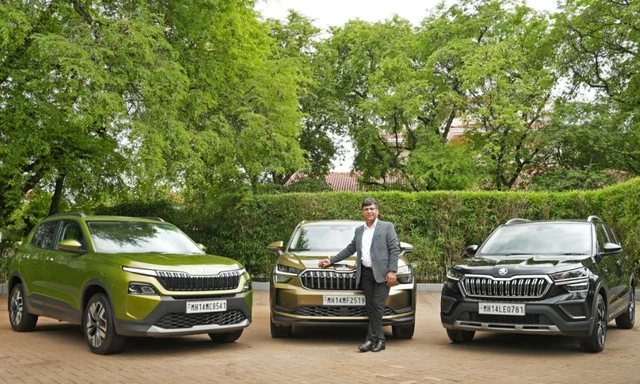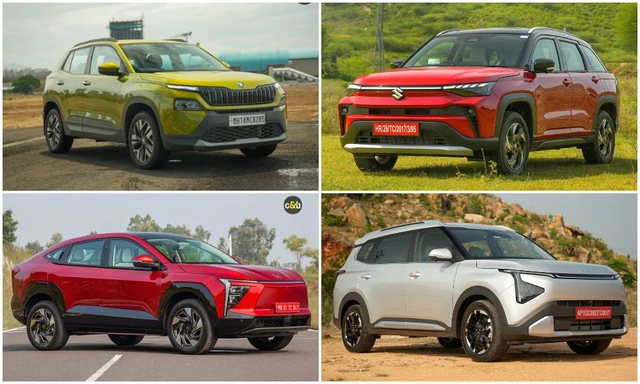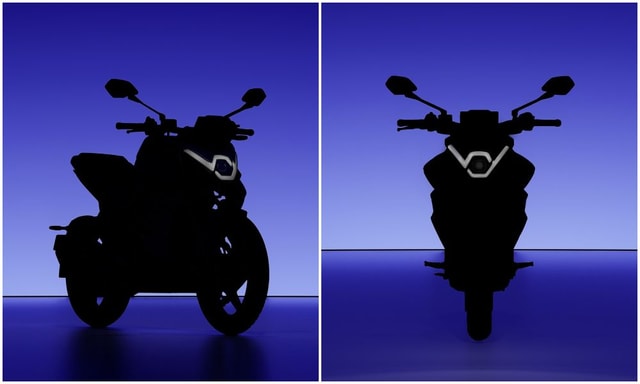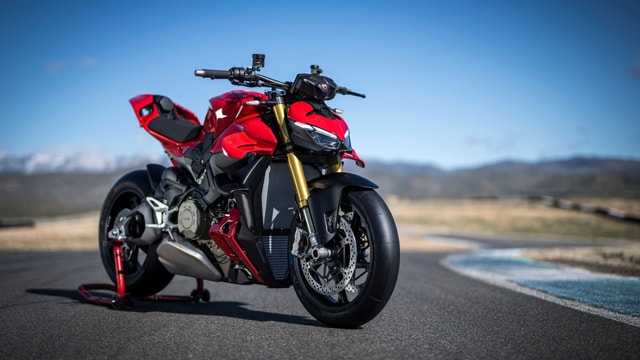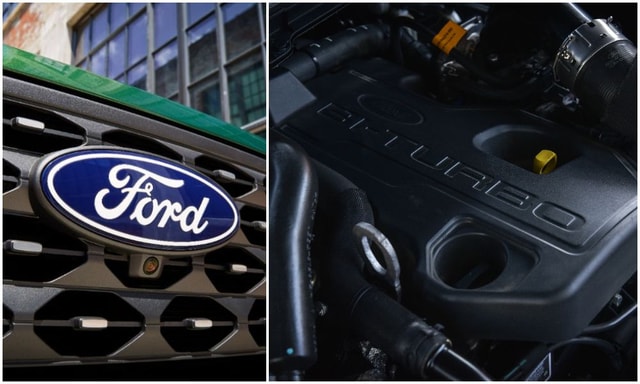
There’s a quiet sense of familiarity and futurism when you first set off in the Tata Harrier EV. It’s familiar because it has a well-seen stance, the silhouette, and the road presence of the standard Harrier. Yet everything about it feels new, be it the way it drives, the features it offers and the online noise it’s creating on the internet. So, naturally, we had to find out what it’s really like to live with — and more importantly, how far it’ll actually go on a full charge.
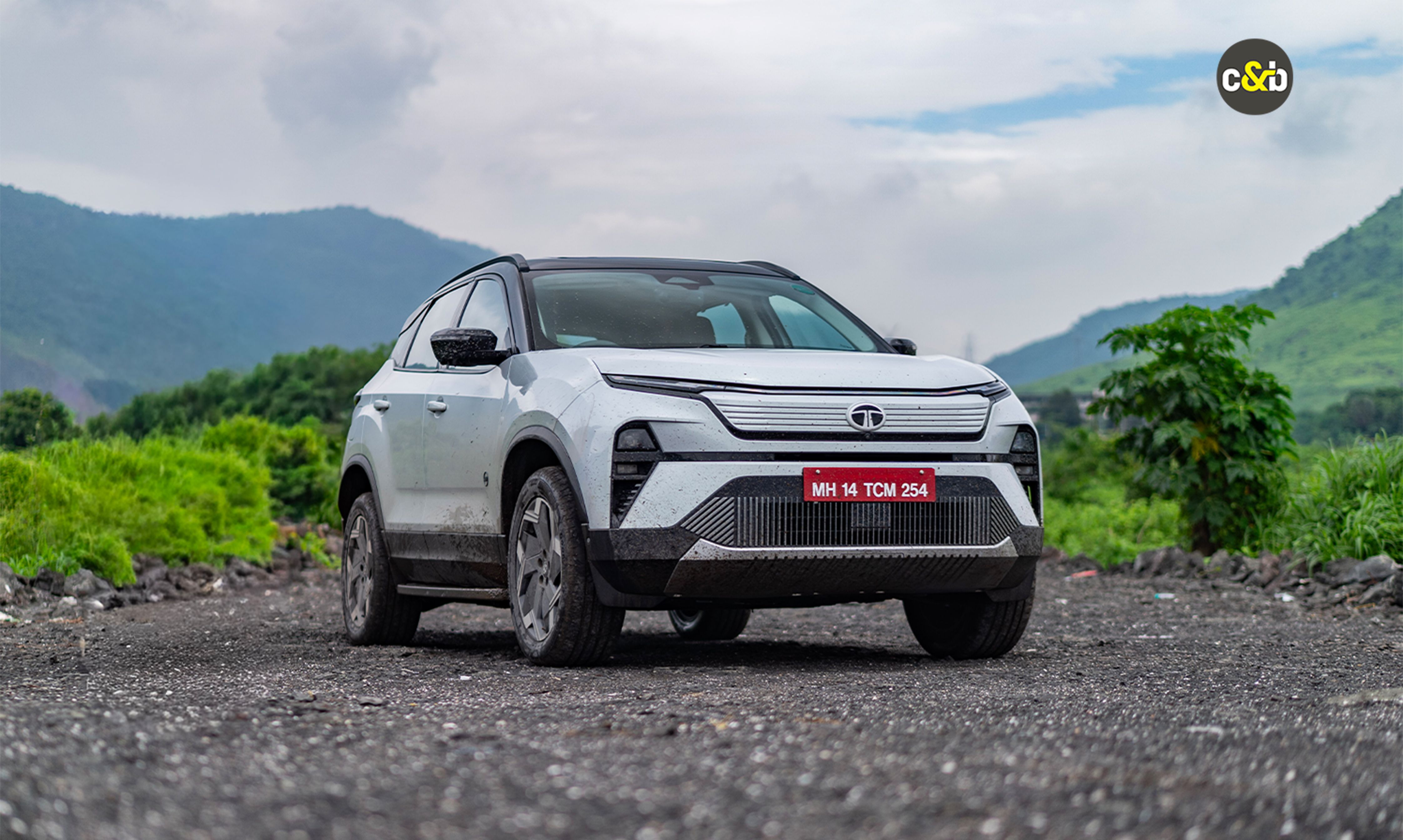
Also Read: Tata Harrier EV Review: Flagship Electric SUV Breaks Barriers
Just like the new model range, the Harrier EV follows Tata’s new persona-based variant strategy. You can pick from three personas — Adventure, Fearless, and the range-topping Empowered. There are two battery pack options:
In total, there are 11 main variants and 4 Stealth Editions to choose from. Prices start at Rs 21.5 lakh and go up to Rs 30.2 lakh (ex-showroom).
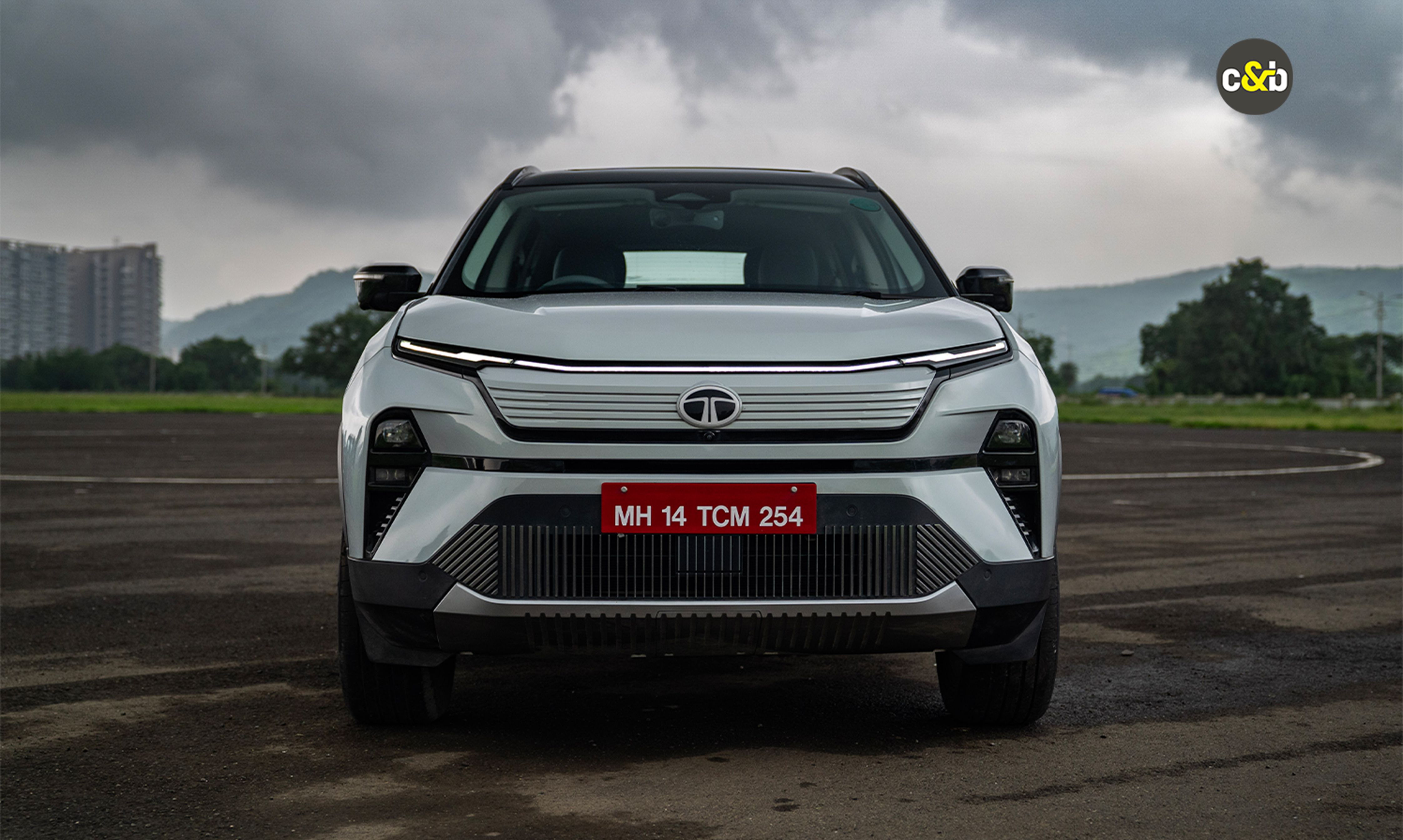
Also Read: Tata Harrier EV Stealth Edition Launched: Prices Start At Rs 28.24 Lakh
The Harrier EV isn’t a radical departure from its diesel sibling — and that’s both good and bad. On the plus side, the SUV retains its commanding proportions, sharp LED signatures, and the kind of presence that makes other EVs like the Creta Electric or MG ZS EV look a size smaller.
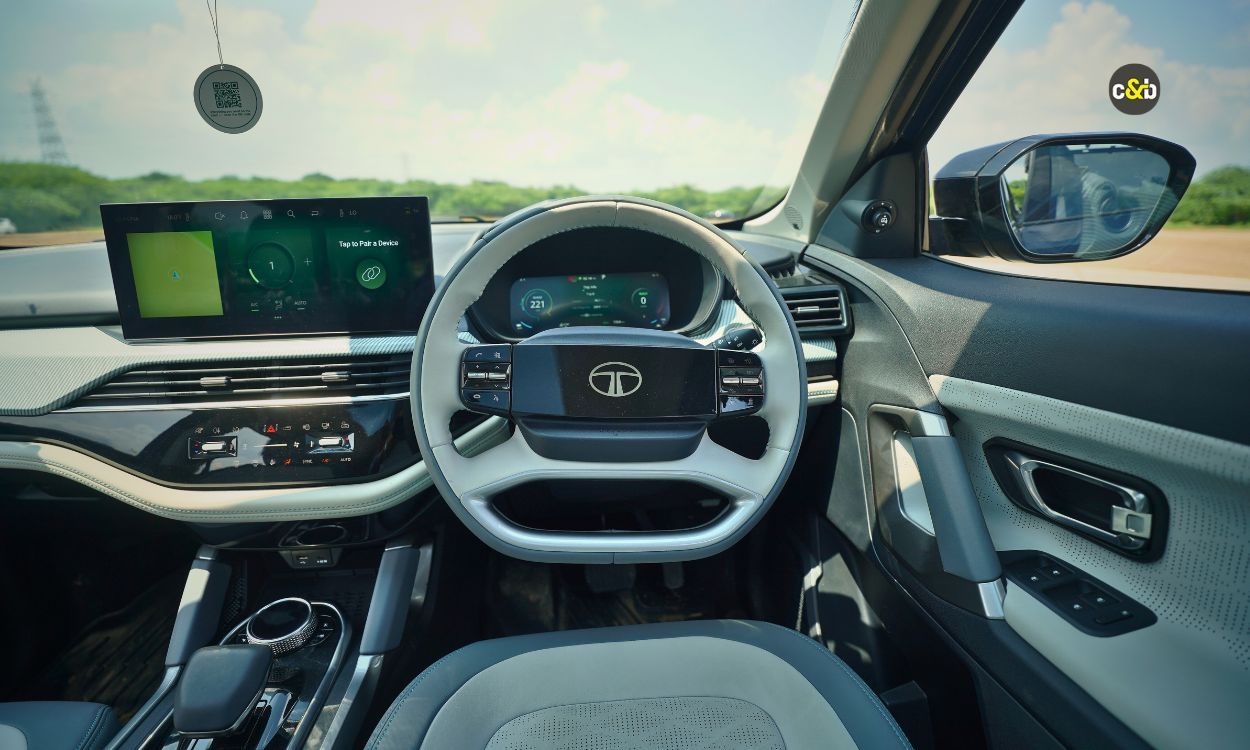
Inside, it’s classic Tata with a robust, premium, and feature-packed cabin. You sit high, in a commanding position, with a clear view of the road ahead. It’s also noticeably roomier, but the only drawback is that there’s little to distinguish it from the ICE Harrier visually. Elements from the smaller Curvv EV, Nexon EV and even the Punch EV are carried over. For a flagship EV, a more differentiated design or interior identity would’ve been nice.
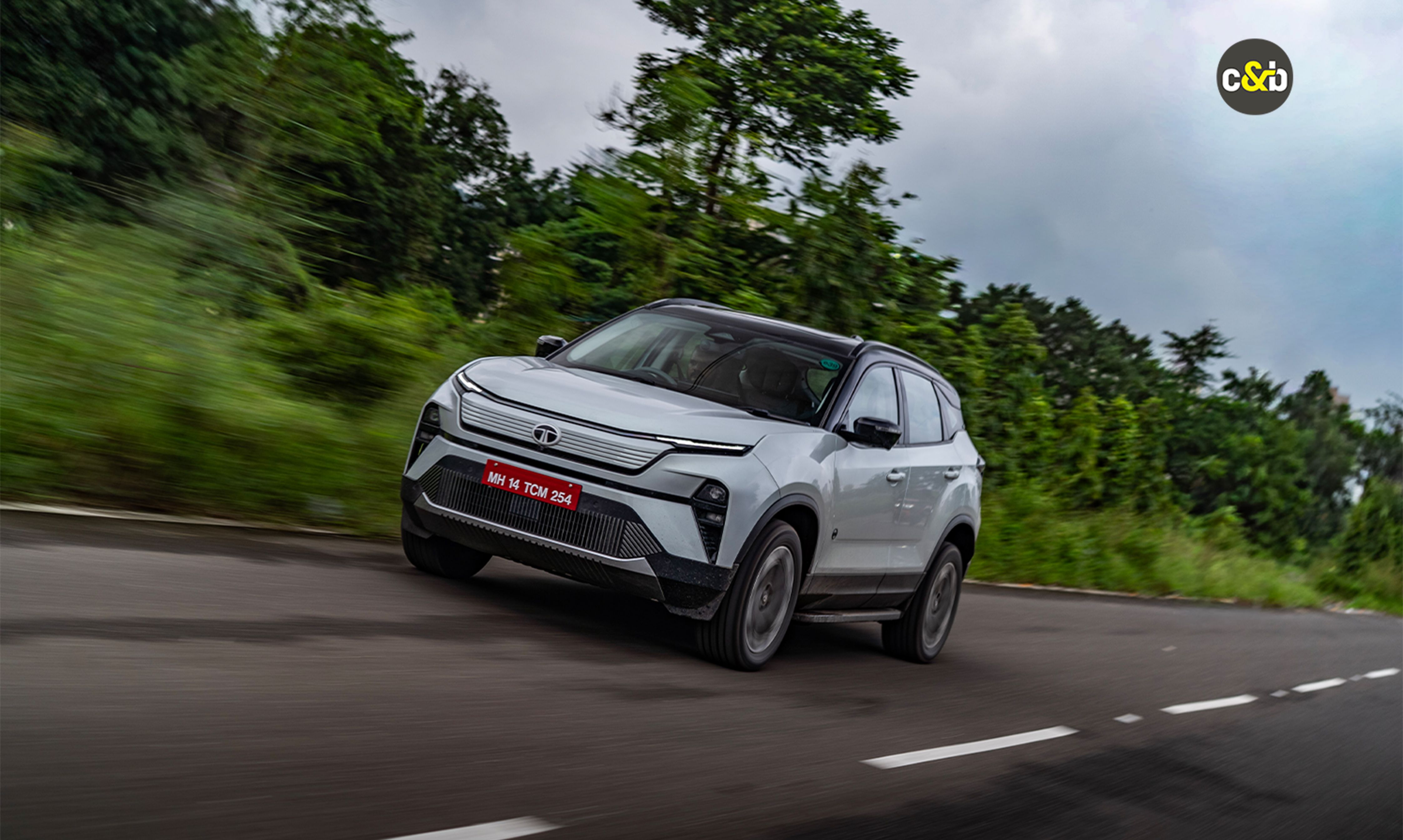
Also Read: Hyundai Creta Electric vs Tata Curvv EV Comparison: Compact Electric SUVs Face-Off
Underneath the skin is a dual-motor AWD setup – an AWD for Harrier is a first. Combined output from both the motors is around 330 bhp and 500Nm. Tipping the scales at 2.3 tonnes, the Harrier EV is nearly 300 kg more than the diesel, and yet it’s quick. A 0–100 kmph comes up in just over six seconds, putting it in the same league as some drivers’ cars like the Volkswagen Golf GTI, BMW 330i, or even the Skoda Octavia vRS 245.
What’s more impressive, though, is how effortless it feels to drive. The steering is light, visibility is excellent, and every control feels more refined in EV form. Without the diesel clatter and vibration, the Harrier feels calmer and far more sophisticated in everyday driving.
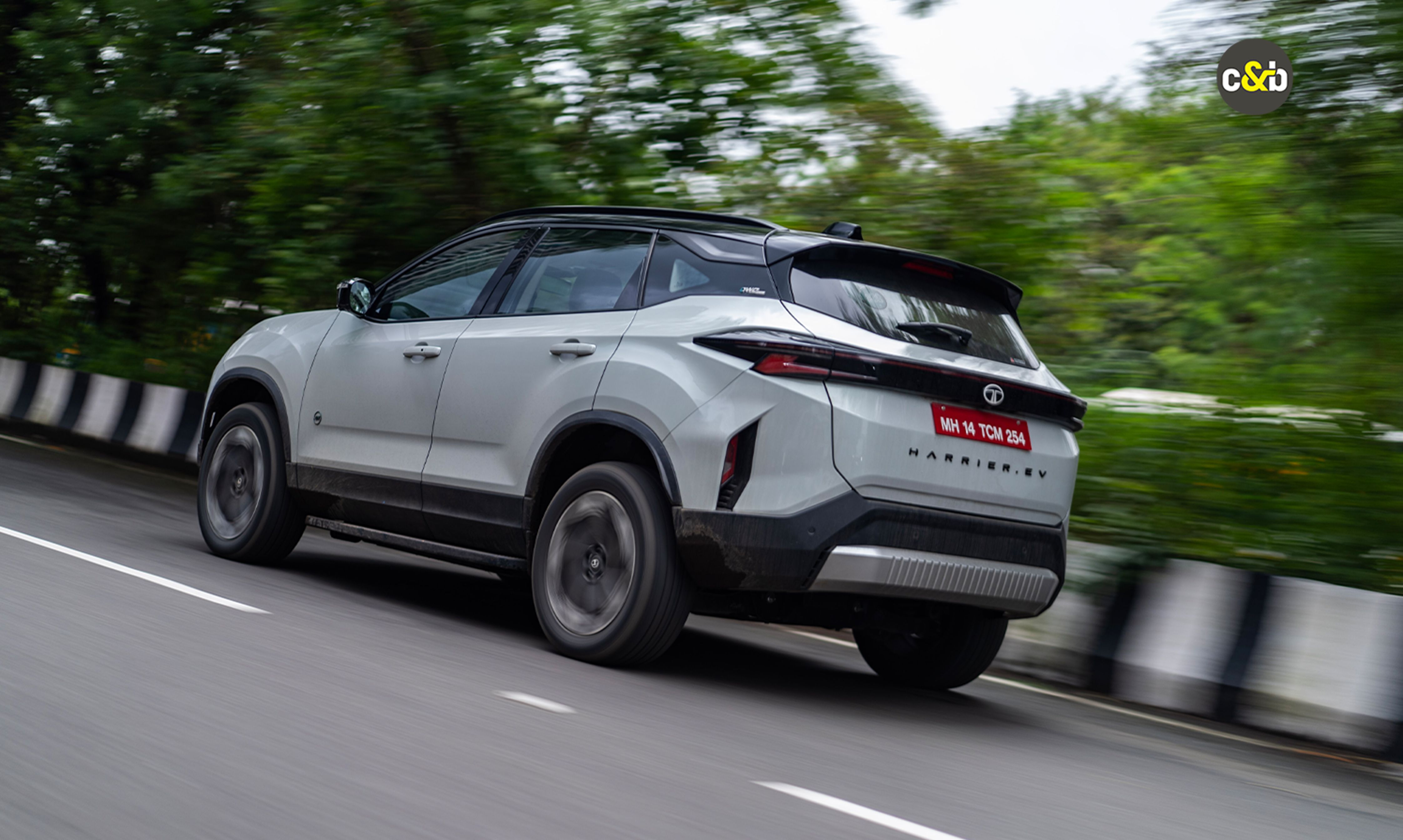
It wouldn’t be a Tata SUV if it couldn’t handle bad roads, right? And the Harrier EV lives up to that legacy without a faze. Over Mumbai’s monsoon-battered roads, it just glides, shrugs potholes left, right, and centre, and the broken patches are barely a jiggle inside the cabin. Go off the tarmac, and the AWD system really shines. There are different terrain modes to choose from, but honestly, even in default settings, the Harrier EV manages to go through the other side, making the driver feel like a hero.
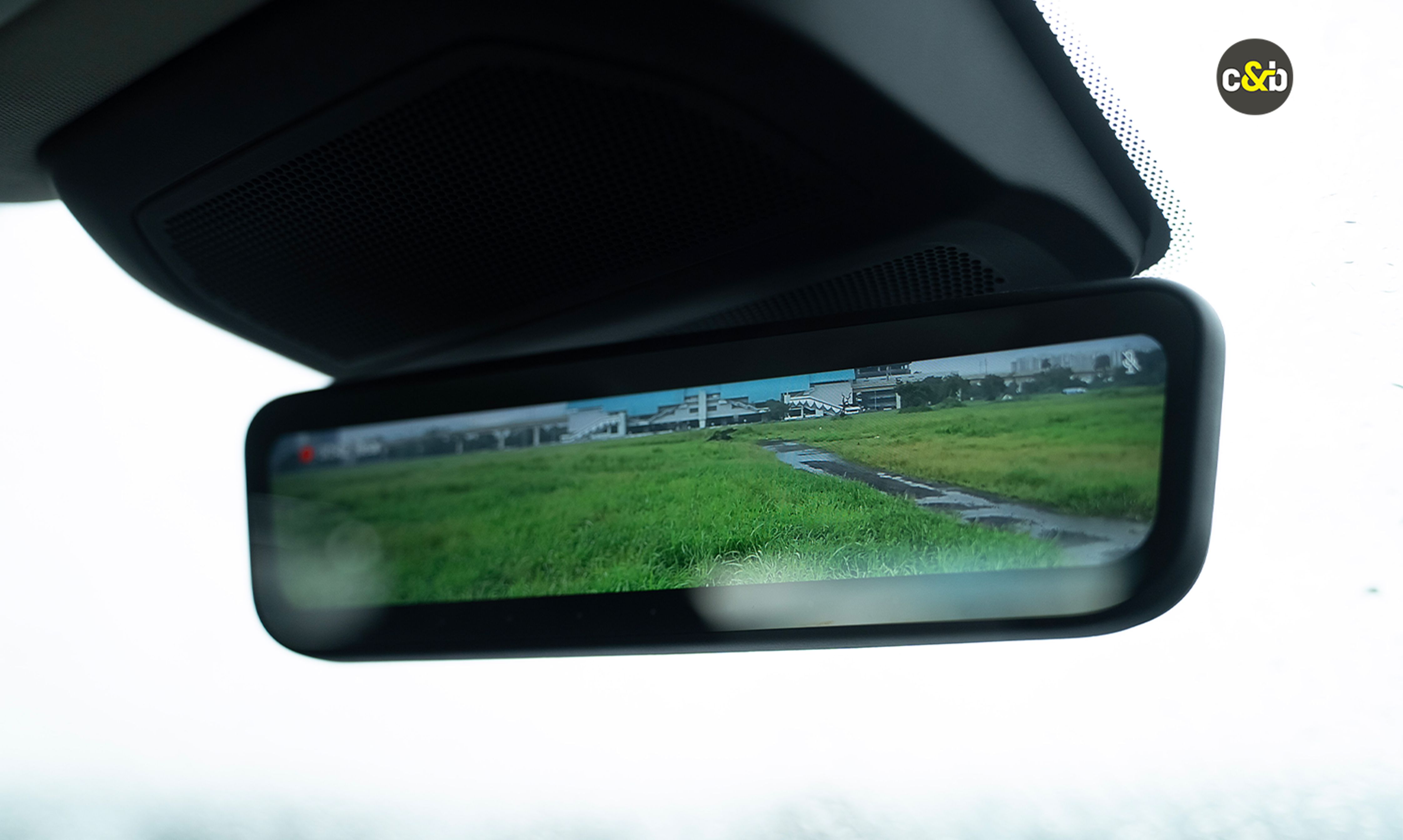
Also read: Tata Curvv EV Review: 3 Reasons To Buy And 3 Reasons To Avoid
Tata has gone all-in on features, and some of them are genuinely impressive. The digital IRVM with a camera mounted on the shark-fin antenna offers a Range Rover-style live rear feed and can even double up as a rear-facing dashcam. But it’s not perfect. In bright sunlight, the reflective screen can be hard to read. An anti-reflective film or coating might be a good DIY fix.
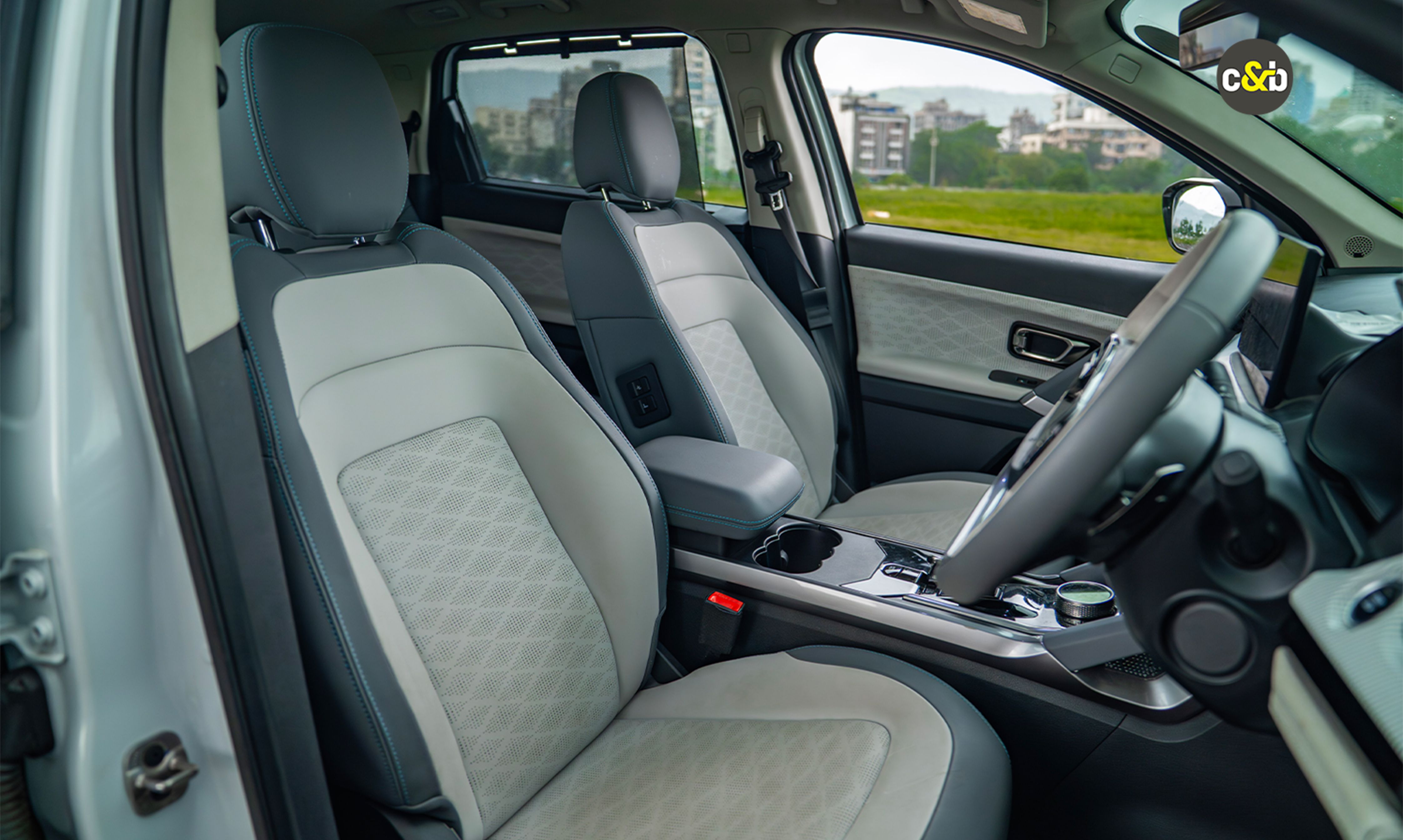
Then there are the auto park and “Summon” features, which work surprisingly well. The only gripe? You need to press and hold the summon button firmly. Too firmly, actually. Something you’ll get used to, but your thumb might not thank you initially.
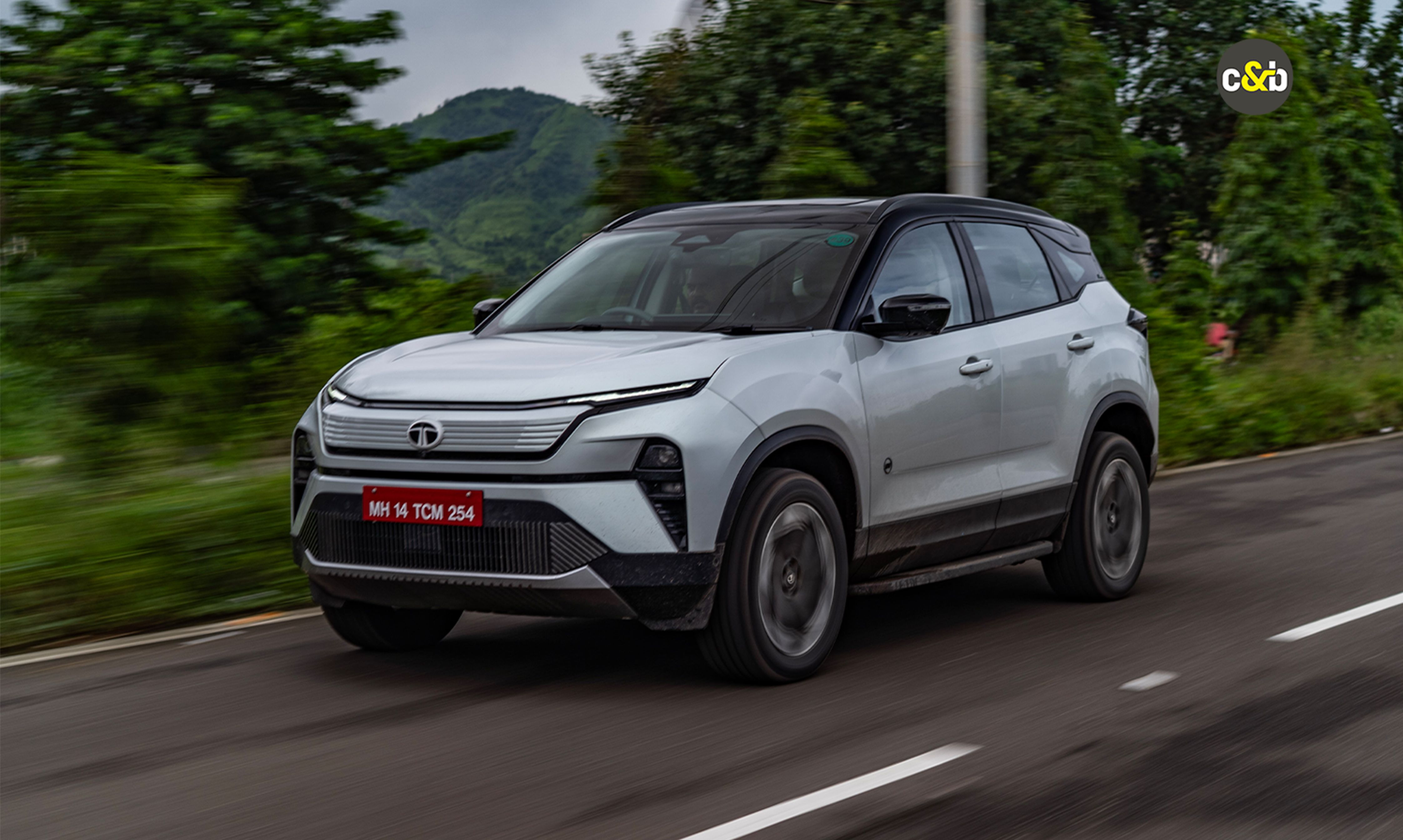
Now, the big question — how far will it go on a full charge? The 75 kWh battery pack has a claimed range of 622 km, or 627 km in the RWD version. Tata’s smaller 65 kWh pack promises 538 km. But I am interested in Tata’s C75 figure, which represents what 75 per cent of owners are likely to achieve in real-world conditions. For the Harrier EV QWD, this number ranges between 460–490 km.
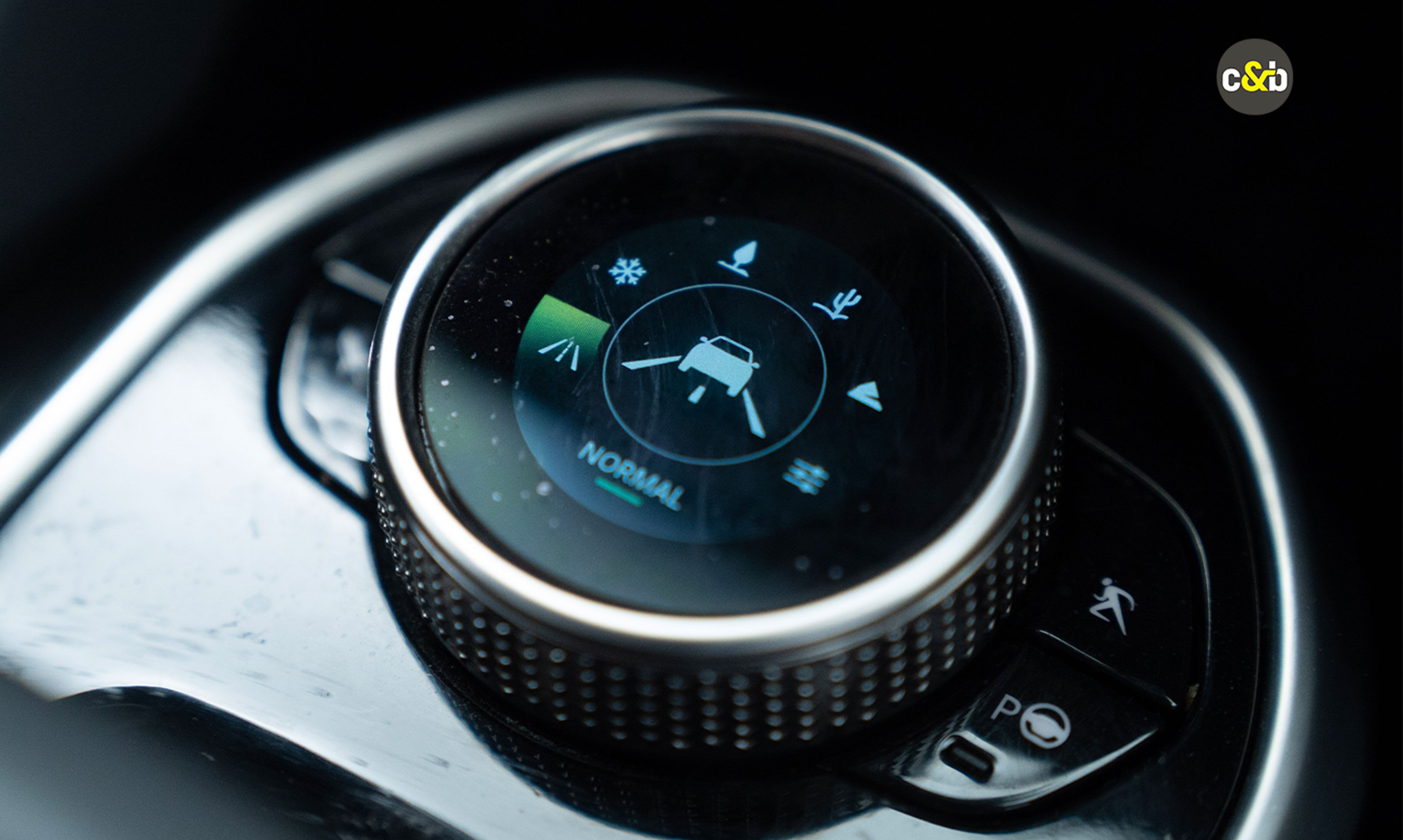
In our test, we set the regen at level 1, AC set at 23°C, and City mode engaged as that’s the default setting. We started with an indicated range of 380 km (journalist driving style to blame, not the car). But as the drive settled into a normal rhythm, the numbers began to normalise as well. By the end of the test, the Harrier EV AWD managed a real-world range of 460 km.
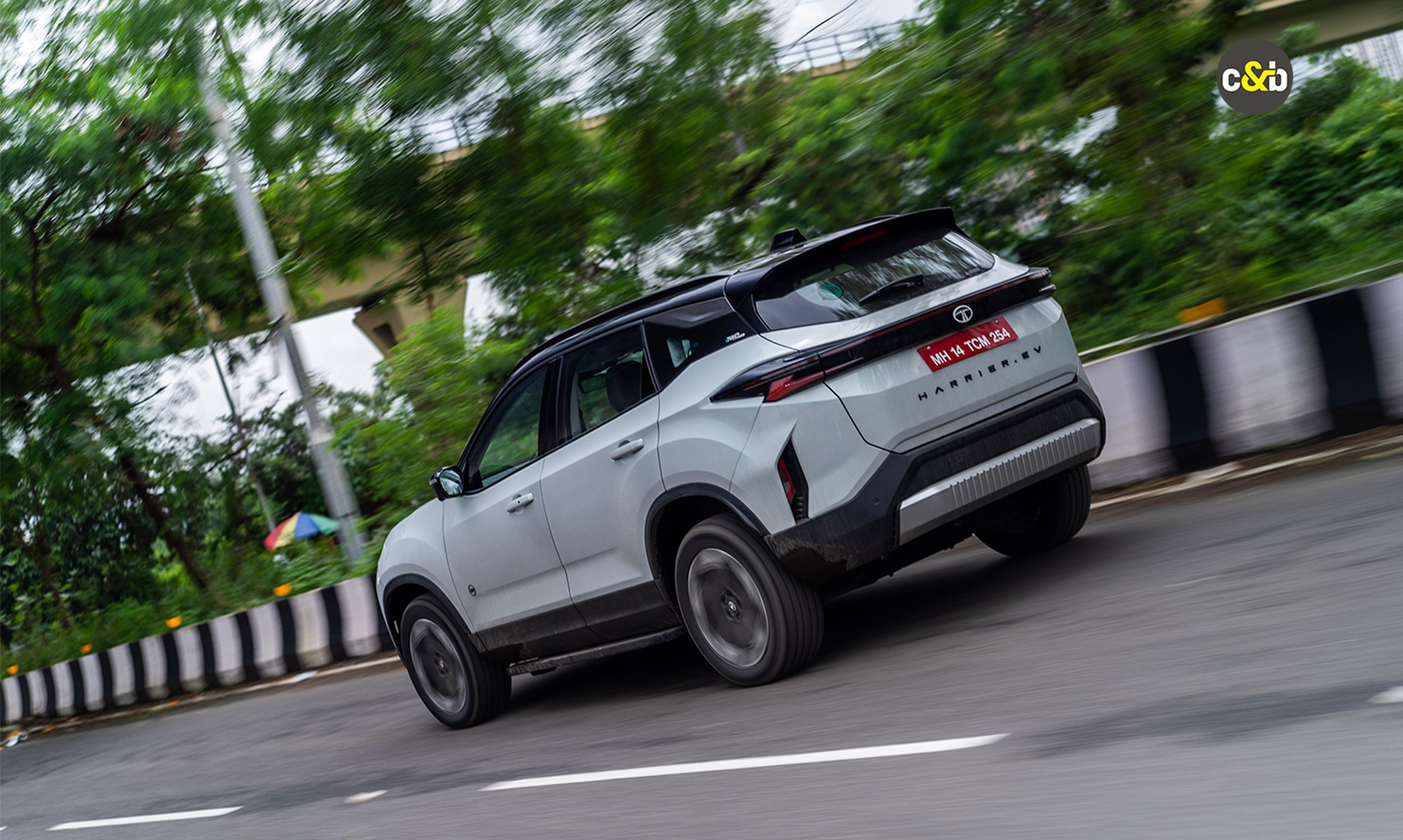
For context, that’s around 60 km more than the Curvv EV 55 and Hyundai Creta EV, which puts it among the most usable large EVs you can buy today.
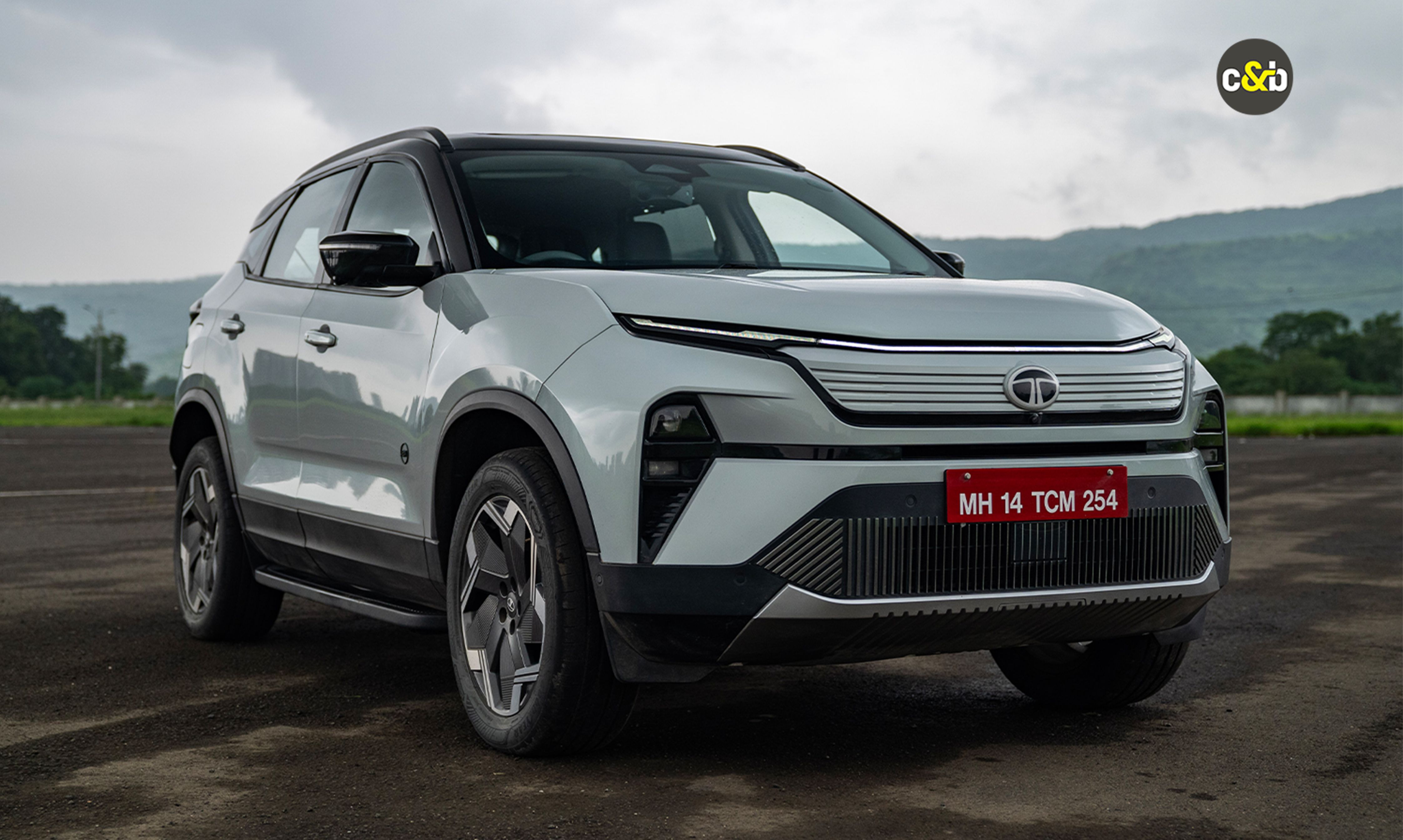
The Tata Harrier EV Quad is big, confident, and capable. It’s quick when you want it to be, calm when you need it to be, and tough enough to take on India’s worst roads without breaking a sweat. Sure, it’s not a born-electric platform and doesn’t stand out like a ‘Born EV’ does. But that’s precisely the charm, it’s a familiar SUV that happens to run on electrons.
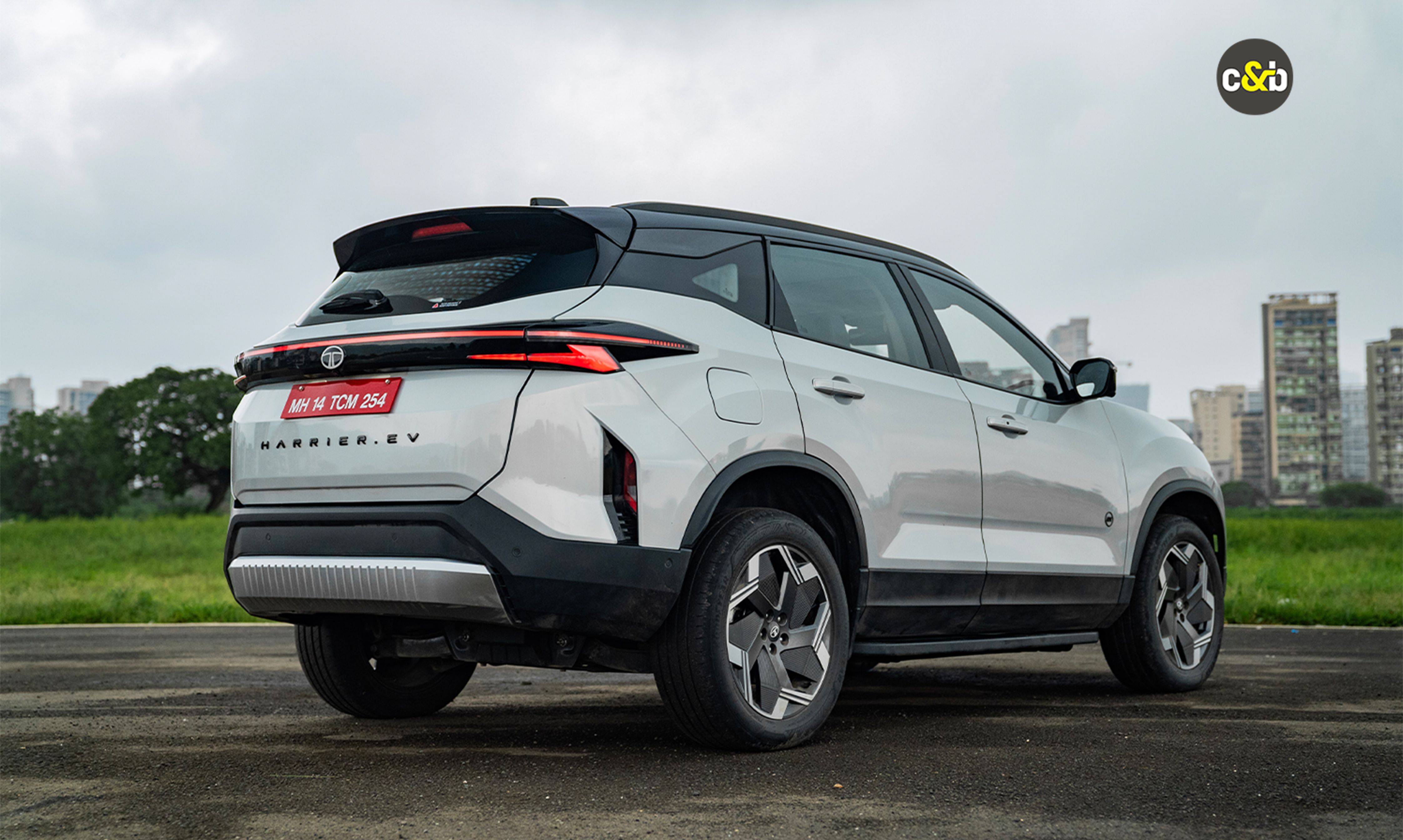
With its 460 km real-world range, rugged suspension, and surprisingly refined road manners, the Harrier EV feels like the perfect bridge between Tata’s ICE past and its electric future. It’s not just Tata’s biggest EV yet, but also one of the most complete electric SUVs you can buy under Rs 35 lakh mark.
Pictures by Tanmay Varthak






































